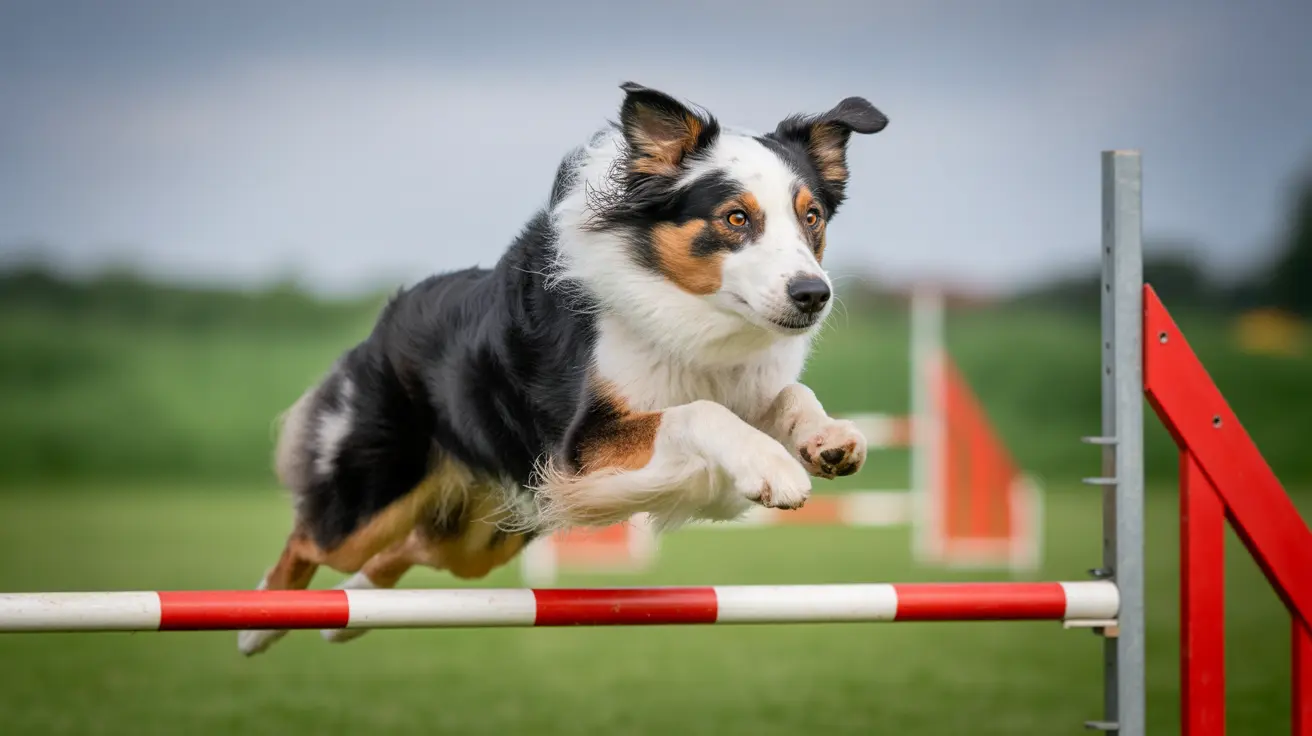How Long Does It Take for a Dog to Learn an Invisible Fence?
Invisible fences offer a high-tech alternative to traditional fencing, using radio signals and receiver collars to create invisible boundaries for dogs. These devices require dedicated training to be effective and humane.
What Is an Invisible Fence?
An invisible fence includes three main components: a transmitter, a boundary wire (for wired systems), and a receiver collar worn by your dog. The transmitter emits a signal through the wire to create a boundary. As the dog approaches this boundary, the collar first emits a warning tone, followed by a static correction if the dog continues forward.
Training: The Key to Success
Proper training is critical for these systems to work safely and effectively. The average time it takes for a dog to learn an invisible fence ranges from two to four weeks. However, this duration can vary based on the dog’s temperament, age, and previous training experience.
Typical Training Timeline
- Week 1: Introduction to the boundary with visible markers (flags). Walk the dog around the perimeter on a leash. When they approach the edge and hear the warning, redirect them with praise and treats.
- Week 2: Introduction of mild static correction. Supervised off-leash practice begins in a known, safe environment. Reinforce positive behaviors and reward the dog for avoiding the boundary.
- Week 3: Gradual removal of training flags. Increase distraction levels during sessions to simulate more realistic scenarios (e.g., toys, strangers passing).
- Week 4: Monitor for consistent behavior. Your dog should recognize and respect the boundaries even when stimulated. Start unsupervised sessions with caution.
Factors Affecting Training Time
- Temperament: Bold or high-prey-drive dogs may challenge the boundary more often and require longer training.
- Age: Puppies or very old dogs may take longer to learn due to cognitive development or health limitations.
- Previous Training: Dogs already familiar with basic commands often adapt more quickly to the invisible fence system.
- Consistency: Daily sessions and consistent cues lead to faster and more reliable results.
Tips for Successful Training
- Use positive reinforcement. Always reward your dog for correct behavior using treats, praise, or toys.
- Train in short, frequent sessions. Limit training to 10–15 minutes per session, twice a day to avoid fatigue.
- Monitor reactions. If your dog displays fear or anxiety, pause and reassess the process with a trainer or veterinarian.
- Never rely entirely on the fence. Invisible fences do not block threats from entering your yard, and motivated dogs may still cross.
- Maintain the system. Check batteries, signal integrity, and collar fit regularly to ensure continued operation.
Safety and Welfare Considerations
The static correction should be set to the lowest effective level and is not suited for every dog. Fur loss, anxiety, or even injury may result from improper use. It is advised to consult your veterinarian, especially for puppies, anxious, or medically compromised dogs.
Combining Methods for Better Results
Some pet owners successfully combine an invisible fence with a physical fence to enhance containment for dogs who dig or climb. In these cases, the invisible fence serves as a secondary deterrent, reinforcing safe boundaries.
Conclusion
With proper installation, equipment testing, and consistent training, most dogs can learn the limits of an invisible fence within 2 to 4 weeks. However, this requires commitment from their owners. Invisible fences provide a discreet and cost-effective solution when physical fencing isn’t feasible, but their success hinges on a well-planned and humane training process.





